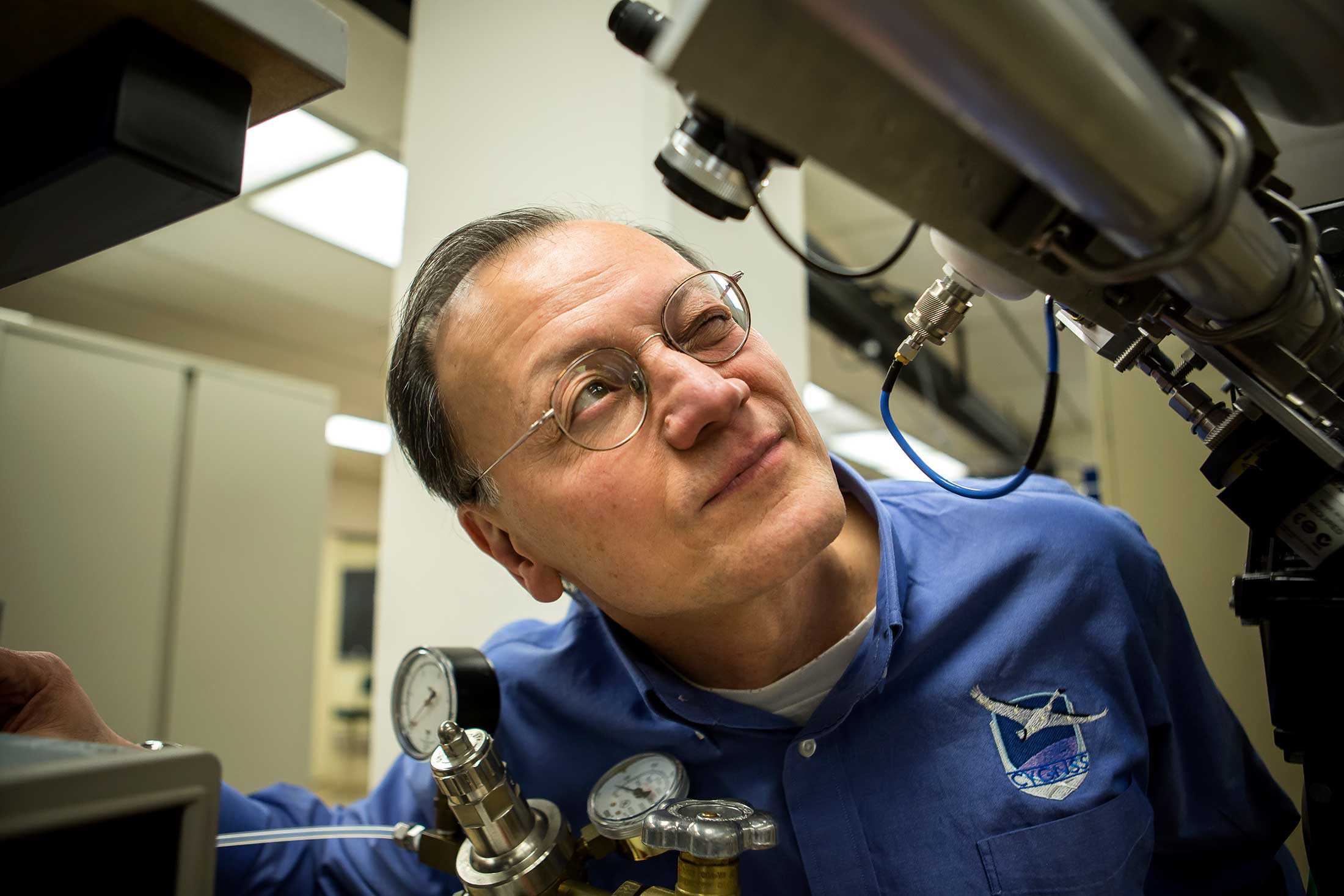
Research
Climate & space research
Our department is one of the largest of its kind in the country, and we hold a significant research portfolio that covers experimental and theoretical research, building instruments, observation systems and spacecraft. Our research agenda covers atmospheric science and meteorology, climate processes and impacts, the Earth’s space environment from the thermosphere, ionosphere and magnetosphere to the Sun and the heliosphere, as well as planetary bodies, their surfaces, atmospheres and magnetospheres.
Our wide-ranging research is carried out in large national and international collaborations: Atmospheric and climate models are developed under the auspices of the National Center for Atmospheric Research; operational space weather tools are built for the Space Weather Prediction Center operated by NOAA, and space missions are developed as part of the NASA program as well as in international partnerships (see our space instrumentation and mission page for list of missions).
We are proud that in all these research activities, from mission concept development and design to instrument building and operations to analyzing data and modeling the physics and chemistry, we engage our students starting from the undergraduate level. Students participate in field campaigns involving balloons, aircraft and sounding rockets as well as testing, using and developing the latest theoretical and computational tools to model the atmospheric and space processes. The physics, chemistry, engineering, scientific computing and numerical modeling skills prepare our students to a wide variety of jobs from academia to private industry including the IT sector to government labs and policymaking.